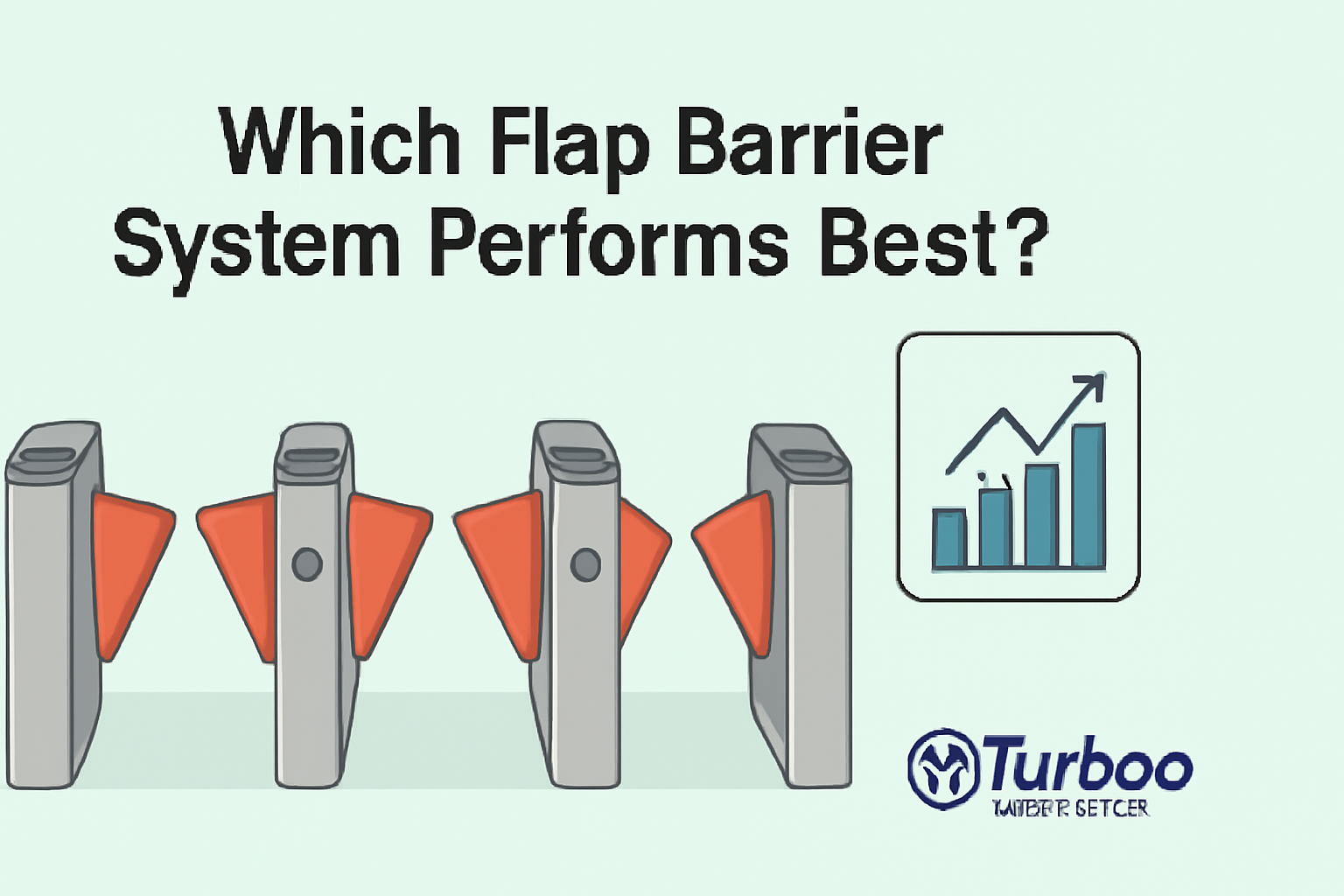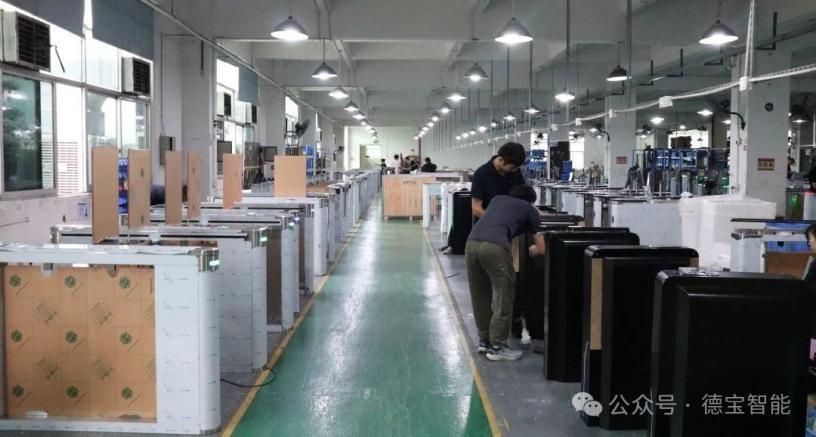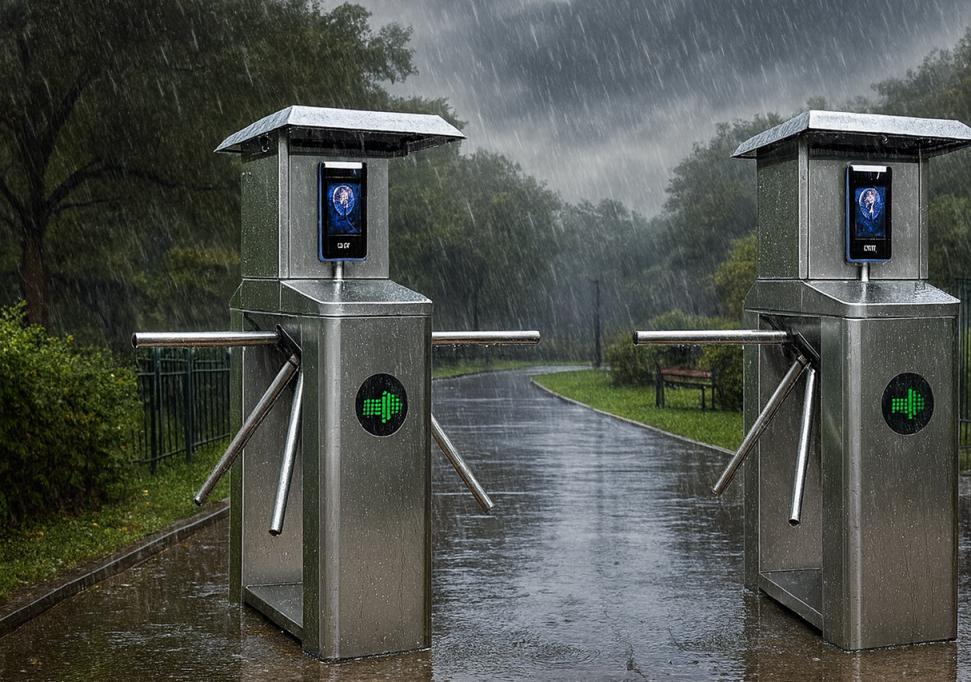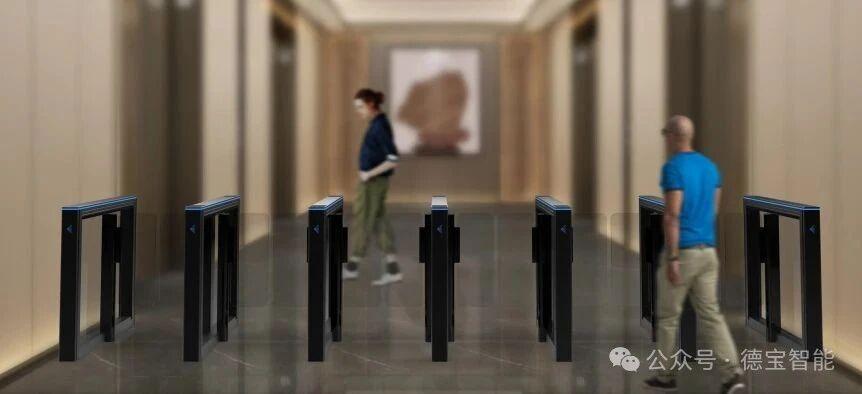Technology Comparison: Which Flap Barrier System Performs Best?


Facility managers face the daunting task of selecting the right flap barrier system for their premises. With so many different types and features available in the market, how can one make a choice that guarantees both reliability and efficiency? Not all flap barriers are created equal, and understanding the technical differences between systems is key to making an informed decision. By exploring the variations in motor types, sensor technologies, safety features, integration capabilities, and more, decision-makers can ensure their chosen system aligns with the specific needs of their facility.
This article provides a detailed flap barrier tech comparison to help facility managers, procurement officers, and security planners understand which systems are the best for their project. We’ll break down the leading flap barrier technologies and reveal which performs best in real-world applications.
The Importance of Flap Barrier Tech Comparison
When evaluating different flap barrier systems, a clear comparison of each technology is crucial to ensuring that the system will meet your facility’s needs effectively. Flap barrier systems are integral to maintaining security, controlling access, and managing foot traffic. Choosing the wrong system can lead to operational inefficiencies, increased downtime, and costly repairs.
By engaging in a flap barrier tech comparison, you gain insight into the key technical differences that can affect daily operations and long-term ROI. These insights can guide you through the process of selecting a system that’s not only cost-effective but also reliable and easy to maintain. This type of analysis helps facility managers make better decisions, whether they’re upgrading an old system or implementing a new one.
To help you get started, we also offer a detailed flap barrier guide that further outlines what to look for when choosing your system.
Motor Types: Comparing Different Drive Mechanisms
Motor types play a significant role in the functionality and longevity of a flap barrier system. The drive mechanism determines the speed, power, and durability of the system. Most systems use either DC motors, AC motors, or brushless motors, each with their unique advantages and disadvantages.
DC Motors
DC motors are commonly used due to their cost-effectiveness and ease of control. These motors are reliable and offer smooth, consistent operation. However, they may require more maintenance over time compared to other motor types, especially if the system is heavily used.
AC Motors
AC motors tend to be more robust and can handle higher traffic volumes. They provide stronger power output and are often used in industrial applications. They generally require less maintenance than DC motors, but they can be more expensive to install and maintain.
Brushless Motors
Brushless motors are known for their energy efficiency and long lifespan. They require minimal maintenance and provide consistent performance. However, the initial cost of these motors tends to be higher, making them better suited for facilities looking for long-term investments.
Motor choice affects everything from operational speed to service costs. For a deeper dive into how motor types impact performance, check out our flap barrier performance page.
Sensor Technology: Ensuring Accurate and Safe Access Control
Sensor technology is critical to the performance and safety of flap barrier systems. Sensors ensure that the barrier opens and closes accurately, detects user presence, and identifies potential obstacles.
Infrared Sensors
Infrared sensors are one of the most common sensor types used in flap barriers. They detect movement by emitting infrared light and sensing when an object passes through the beam. These sensors are highly reliable but can sometimes be affected by external light sources or environmental factors.
Ultrasonic Sensors
Ultrasonic sensors use sound waves to detect objects and measure distances. These sensors are more resistant to environmental interference and can function effectively even in harsh conditions. However, they tend to be more expensive than infrared sensors.
Capacitive Sensors
Capacitive sensors detect the presence of people by measuring changes in electrical fields. These sensors are very precise and commonly used in high-security environments where accuracy is paramount.
A solid barrier technology analysis will provide insights into how these sensor technologies perform across various conditions, helping you select a system that offers both safety and efficiency.
Safety Features: Minimizing Risks and Enhancing Security
Safety is a top priority when selecting flap barrier systems. There are several safety features that you should look for to ensure the protection of both users and the barrier itself.
Emergency Openings
In case of emergencies, such as fire or system malfunction, barriers should be able to open quickly to allow for quick evacuation. Some systems are equipped with a manual override feature, which can be activated during emergencies.
Anti-Pinch Technology
Flap barriers should include anti-pinch technology to prevent injury to users. This feature ensures that the barriers will stop closing if they detect an obstruction.
Obstacle Detection
Some systems include advanced sensors that detect obstacles in the path of the barrier. This feature reduces the risk of damage to both the system and users.
By comparing these features across different brands, you can ensure your system meets the highest safety standards.
Integration Capabilities: Ensuring Seamless Connectivity with Other Security Systems
Flap barrier systems don’t operate in isolation. They need to integrate smoothly with other access control and security systems, such as surveillance cameras, alarms, and building management systems. Systems with high integration capabilities allow for better coordination and streamlined management.
Easy Integration with Access Control Systems
A good flap barrier system should easily integrate with existing access control systems (e.g., card readers or biometric scanners). Look for systems that support standard protocols like Wiegand or IP-based communication.
Integration with CCTV and Security Cameras
Integration with CCTV systems allows for real-time monitoring of the barriers, ensuring that any security breaches or malfunctions can be identified quickly.
Energy Efficiency: Reducing Operational Costs and Environmental Impact
Energy efficiency is increasingly becoming a crucial consideration when selecting flap barrier systems. As facility managers look for ways to reduce operational costs, choosing a barrier system with lower energy consumption can lead to significant savings over time. Energy-efficient systems not only save money but also contribute to sustainability goals by reducing the environmental footprint of your facility.
Low Power Consumption Models
Modern flap barriers are often designed with energy-saving features. These systems consume less power during idle periods, significantly reducing electricity costs. When comparing systems, it’s essential to look for ones that offer efficient standby modes or low-power motors.
Power Management Features
Some systems come with built-in power management features that allow them to adjust energy usage based on traffic flow. For instance, during periods of low foot traffic, the barriers may operate at reduced power, and during peak hours, they can operate at full capacity without compromising performance.
Long-Term Operational Savings
While energy-efficient systems may require a higher initial investment, they pay off in the long run by reducing operational expenses. Many energy-efficient systems also have longer lifespans, which further contributes to cost savings by delaying the need for replacements or repairs.
Choosing an energy-efficient flap barrier system can contribute to your facility’s cost reduction strategy while supporting eco-friendly initiatives. For a more detailed analysis of energy-efficient systems, check out our flap barrier buying guide.
Durability: Longevity and Maintenance Needs
The durability of a flap barrier system is an essential factor to consider when making a purchase decision. Durable systems last longer, require fewer repairs, and perform reliably under heavy use. However, durability can vary significantly between brands and models, depending on the quality of materials, engineering, and design.
Material Quality
High-quality materials, such as stainless steel and reinforced composites, contribute to the long-term durability of flap barriers. These materials ensure that the barriers can withstand daily wear and tear, harsh weather conditions, and high traffic volumes.
Maintenance Requirements
Some flap barrier systems are designed with low maintenance needs, while others require frequent checks and servicing. When evaluating systems, consider the ease of access for maintenance, the frequency of part replacements, and the overall lifespan of the components. Brands with a reputation for durable, low-maintenance systems tend to offer the best long-term value.
Real-World Performance
In real-world applications, durability can often be tested under high-traffic environments. Systems designed for heavy-duty performance typically show fewer signs of wear over time, and parts tend to last longer without requiring constant repairs.
When considering the durability of different flap barrier models, it’s important to weigh initial costs against potential maintenance needs. A low-cost, low-durability system may incur higher long-term expenses, while investing in a durable, high-quality barrier can lead to a more cost-effective solution in the future.
Brand Comparison: Analyzing Technology and Performance Across Leading Brands
Not all flap barrier systems are the same, and the choice of brand can have a significant impact on the system’s performance, reliability, and cost-effectiveness. Each brand brings its unique technology and features to the table, so understanding brand-specific differences is crucial when making your decision.
Brand-Specific Technologies
Top brands in the flap barrier industry often incorporate cutting-edge technologies into their systems, such as advanced motor drives, enhanced sensor systems, and proprietary software for easy integration. Brands like TURBOO, HID Global, and Boon Edam offer some of the most reliable and efficient flap barrier systems, each with different technological strengths.
- TURBOO: Known for their robust systems, TURBOO offers a variety of flap barrier solutions designed for high-traffic environments. Their systems are highly customizable and offer excellent performance metrics.
- HID Global: Recognized for their seamless integration with other security systems, HID’s flap barriers excel in environments where high-level security and easy system integration are paramount.
- Boon Edam: Specializing in premium-quality turnstile and barrier systems, Boon Edam’s solutions often feature advanced anti-tailgating technology, making them ideal for secure locations.
Performance Metrics
When comparing brands, it’s essential to assess the performance metrics of their systems, such as speed, reliability, traffic throughput, and response time. High-performing brands ensure smooth operation even during peak hours, reducing wait times and improving user flow.
For a deeper look at how these brands stack up, our brand comparison page can help guide your research into each brand’s offerings.
Cost vs. Benefit Analysis: Making an Informed Purchase Decision
Price is always a consideration when purchasing flap barriers, but it’s essential to focus on the long-term value of your investment. A flap barrier system that costs more upfront but offers superior performance, durability, and lower maintenance costs may be more cost-effective over the years compared to cheaper alternatives that require frequent repairs and higher energy consumption.
Initial Investment vs. Long-Term Value
While some systems may seem affordable at first glance, their total cost of ownership may be much higher due to maintenance needs, energy consumption, and frequent part replacements. A more expensive system may have a higher upfront cost but could save your facility money over time through fewer repairs, better energy efficiency, and longer lifespan.
Operational Costs
In addition to the upfront cost, consider the operational costs of the system. This includes energy usage, maintenance frequency, and the costs of any replacement parts or service calls. Systems with a lower cost of ownership generally outperform cheaper alternatives in the long run.
ROI and Efficiency
The return on investment (ROI) is a crucial factor to evaluate when selecting a flap barrier system. Look for systems that offer reliable performance, low operational costs, and minimal downtime, all of which contribute to a higher ROI.
Conclusion
Choosing the right flap barrier system for your facility requires a detailed understanding of the technical differences between available models. A thorough flap barrier tech comparison can help you make an informed decision, considering factors like motor types, sensor technologies, safety features, energy efficiency, durability, and system integration.
By evaluating these factors, you can identify the system that best suits your needs, ensuring smooth daily operations, improved security, and lower long-term costs. Whether you are looking for high-performance, energy-efficient systems, or those with advanced integration capabilities, this comparison has provided the insight you need to make a choice that maximizes your investment.
For more detailed support on choosing the right system for your needs, refer to our flap barrier buying guide.












